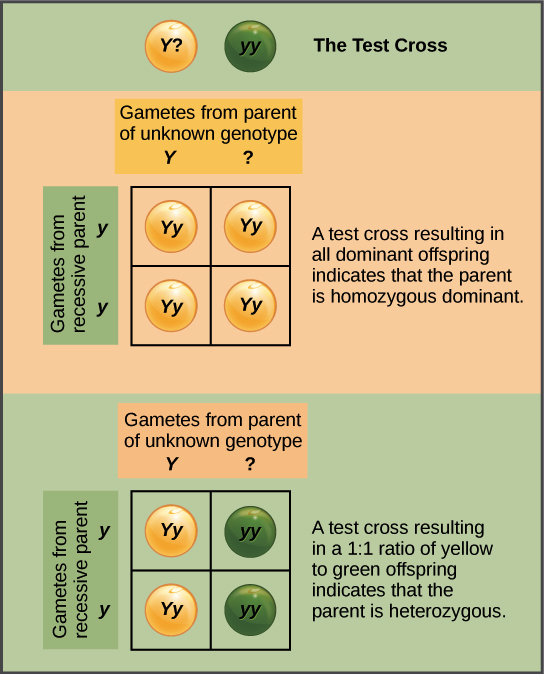


The cookie stores information anonymously and assigns a randomly generated number to recognize unique visitors. The _ga cookie, installed by Google Analytics, calculates visitor, session and campaign data and also keeps track of site usage for the site's analytics report. Set by to determine the usage of service. YouTube sets this cookie via embedded youtube-videos and registers anonymous statistical data. These cookies help provide information on metrics the number of visitors, bounce rate, traffic source, etc.ĪddThis sets this cookie to track page visits, sources of traffic and share counts. Why Do They Succeed?Īnalytical cookies are used to understand how visitors interact with the website. News > Minds at Work > Dominant Leaders are Bad for Groups. Current Directions in Psychological Science, 26(6), 526-531. Dominance and prestige: A tale of two hierarchies. Instead of demoting the most talented because they see them as a threat, the leader may promote them because they can help the leader’s team win. Moreover, in the face of such a conflict, dominant leaders curb their more destructive tendencies to their own group members. The traits of a dominant leader (aggressiveness, power-hungriness) may be more attractive in these situations than a prestige leader with traits like altruism, which may be seen as weak. Groups seem to prefer dominant leaders in the face of conflict between their group and some outside group. Who wants a power-hungry, coercive, arrogant, aggressive, Machiavellian group member, much less a boss with those traits? So why would anyone want a dominant worker or leader? Prestige seems like the preferable strategy for just about any workplace or group setting. They support the best efforts of the group and subordinates, even when their own power is at risk. Prestigious leaders, however, promote strong positive relationships among subordinates. In his article, Maner details how “In one experiment, dominance-oriented leaders ostracized a talented group member and chose instead to work with an incompetent one.” Maner tells of another study where leaders “isolated their subordinates and prevented them from bonding with one another, because alliances among subordinates were viewed as posing potential threats.” They often view talented group members as threats. They want to coerce others through reward and punishment. Leaders high in dominance go to great lengths to safeguard their power, even at the cost of the group. Unsurprisingly, prestige-oriented people tend to be better liked by others in a group. Those who use prestige strategies share knowledge and skills. In groups, dominant members tend to view others as either allies or foes, to evaluate people’s usefulness in attaining goals, and to show a hunger for power.

Personality-wise, prestige is marked by self-esteem, agreeableness, need for affiliation, social monitoring, fear of negative evaluation, and conscientiousness. Those who use prestige often show humility and pride. Dominant people also score highly in the traits known as the ‘dark triad’: Machiavellianism, narcissism, and psychopathy. They have higher-than-average levels of aggressive, disagreeable, manipulative personality traits. While dominant people are liked less than prestigious individuals, groups in some situations prefer a dominance-oriented leader over a prestige-oriented one.ĭominant workers tend to exhibit arrogance, superiority, and conceit. Dominance works as a tool to gain power, if not respect, but generally douses a group’s well-being. Researchers have found that both strategies are effective at exerting influence. In a recent issue of Current Directions in Psychological Science, psychological scientist Jon Maner of Florida State University reviews the literature of dominance and prestige approaches to navigating social status. Workers that use these two strategies show differences in personal traits and group behaviors that can have a large effect on workplace functioning and group well-being. Dominance involves using power, coercion, and intimidation in group situations, while prestige involves demonstrating valuable knowledge and skills and earning respect. Dominance and prestige are two strategies that professionals often use to maintain or gain status.


 0 kommentar(er)
0 kommentar(er)
